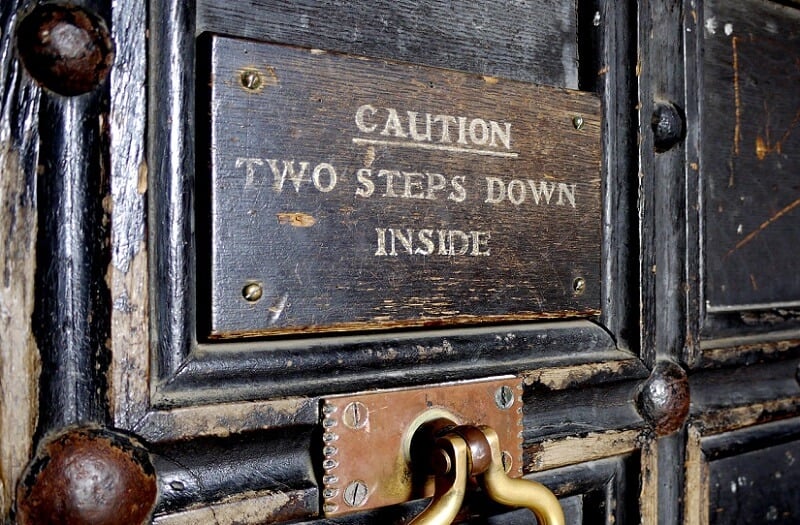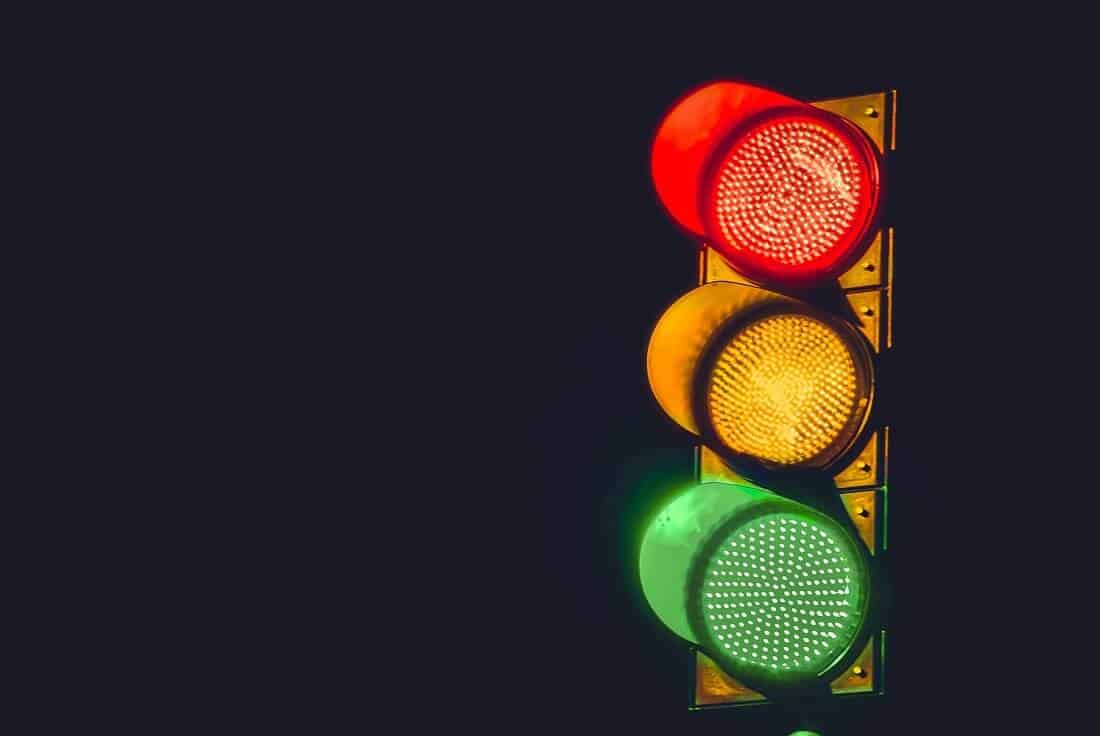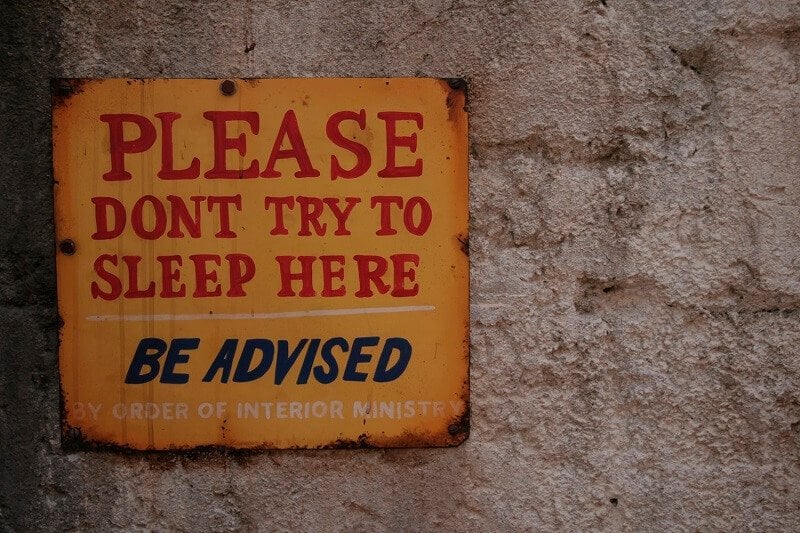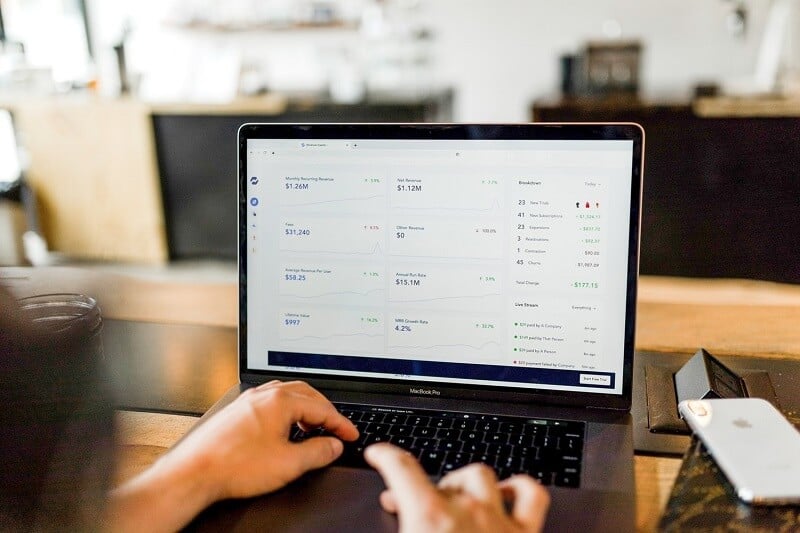
What can make or destroy the trade is the right exit point. Don’t hold on to trades in the hope of making just a few more dollars when the market is moving against you.
By Guy Avtalyon
As a trader, you’ll often consider possible profit when you have to decide about exits, but can you recognize early warning signs to exit the trade? Traders Paradise wrote many times about the importance of exit strategies in trading stocks, forex, or currency. And I have to repeat if you think about the level where you enter the trade without thinking about your exits, it’s more likely you’ll end up in losses.
Some early indicators can warn you it’s time to exit the trade.
I know it’s sexier to buy stocks. We all like it. The feeling is wonderful after you spent so much time examining stock, analyzing it to find the perfect one. How would you feel if your stock is not performing well? What about your attitudes? Do you feel like a loser? No one likes to watch the stock go down. Even if it is obvious that the stock is performing badly, most of us would hold it and wait for better times. What is behind this attitude? We want to avoid the feeling of loss, the experience of losing something. Contrary, when the stock price increases, most traders will sell the stock to lock-in profit and lose the possibility of further gains.
Anyway, it’s important to sell stock at a specific moment to prevent further losses, and you have to recognize early warning signs to exit the trade. But what they are and how to recognize them?
Recognize early warning signs to exit the trade
Getting out of the trade isn’t complicated, but it requires research of price action, finding and noticing signs that could predict a reversal or changes in trend.
You have to know that markets tend to trend between 15 and 20 percent of the time. Strong trends are helping in the consolidation of recent price changes. They are helping in taking profits, lower the volatility. But what if a trading range becomes bottom or top and exits in the opposite direction of the previous trend swing?
This could be one of the early warning signs to exit the trade. When you’re watching the price action and notice a failed breakout or breakdown, the best strategy is to exit the trade.
Failed breakouts or breakdowns are signs to exit the trade with profit or loss. You can re-enter the trade when the price surpasses the breakout high or low of the breakdown. That could be a logical move after recovery because the possibility of the underlying trend to resume is great. It’s also possible the price moves to the other side of the trading range and forms a strong trend in the opposite direction.
High-volume days as an early warning sign
Well, to notice these kinds of early warning signs to exit the trade, you’ll need to track the average daily volume. For example, observe the last 50 sessions. It’s easy to notice trading days with four times or higher volumes. That’s a good sign if it happens in the direction of the position you are holding but take it as a warning sign if it is opposite from your position. This is exceptionally valid if the opposing swing breaks an important support or resistance level.
High-volumes that oppose the direction of your position could ruin patterns. They are often a signal to exit the trade and to take the profit in an uptrend.
Also, pay attention to peak days that can stop trends. They could show four or five times average daily volume in price bars that reach new highs in an uptrend or new lows in a downtrend. The top bar shows up at the end of a price swing after RSI indicators scored uptrend or downtrend levels.
Moving average and trends can help to recognize early warning signs
Take a look at these three lines: 20-day EMA, 50-day, and 200-day EMA. It could be a difficult position if, for example, 20-day EMA descends through the 200-day EMA. Also, when 20-day EMA ascends through the 200-day EMA. The first example signals the danger for long positions, while the second is important for short sales.
Price actions are also early warning signs to exit the trade when the intermediate moving average is higher to sideways on long positions. The change from lower to sideways on short sales also is a warning. Don’t hold or wait for the moving average to change the slope. Exit the trade.
Be adaptable, not emotional.
The market isn’t always moving in your favor. So, never force your initial targets further away. This could lead you to loss or fewer profits than you awaited. But before you exit the trade, you have to understand whether your decision is a product of emotions or logic. If you move your target far away from your initial plan, you’re actually showing greed. Don’t do that. You must have a strategy and stick to it. Your strategy must be well pre-planned. If the market moves against your stop-losses, you have to exit the trade. Move your stop-losses only to reduce possible loss. If you exit the trade before the stop-loss target, you’ll probably miss the possibility of making a profit when the market shifts and starts to move in your favor.
When you enter the trade, make adjustments only if necessary. The most important is to keep the balance and reduce the risk.
Honestly, there is no best strategy to exit a trade. One strategy could work properly for some trades but lead to a great loss in others. But one thing is true, so many researches showed that you’d end up in losses more often if you fail to stick to your strategy.
Risk is an integral part of trading. You have to watch market movements and set proper risk management strategies. The exit strategy is an important part of them. Moreover, the exit strategy can decide your profitability in the market.







